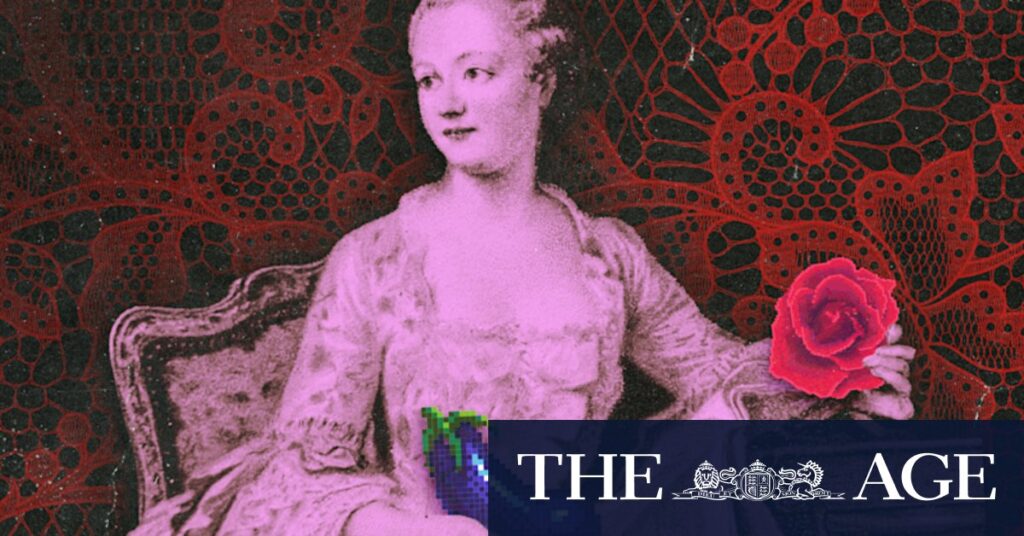
“As far as we know, the history of sex toys goes back over 28,000 years,” says Dr. Esme Louise James, a sex historian and author of Kinky History. The evolution of sex toys from taboo to mainstream acceptance marks a significant shift in societal attitudes towards sexual health and pleasure. Today, the multibillion-dollar sexual wellness industry is booming, with products available in a variety of settings, from online storefronts to local department stores and independent boutiques.
The days of sneaking into an adult store are over. Now, consumers have a plethora of options catering to every taste and sexual proclivity. This shift is part of a larger cultural movement towards openness about female sexuality and LGBTQ+ inclusivity, as seen in popular media such as Broad City and Girls. The portrayal of female pleasure in media has contributed to the normalization of adult toys, primarily targeted at women and LGBTQ+ individuals.
The Historical Context of Sex Toys
Throughout history, sex toys have been used across various cultures, from ancient Rome to 13th-century China. These artefacts, often considered taboo, have been rediscovered and reinterpreted in modern times. In the Victorian era, vibrators were used for medical purposes, but the notion that doctors prescribed them for hysteria is largely a myth, according to James.
The 1960s marked a turning point when devices like the Hitachi Magic Wand began to be used for masturbation, despite initial medical warnings against using them in ways that could cause sexual excitement. This era also saw the rise of sex educators like Betty Dodson, who popularized vibrators for personal pleasure through workshops focused on female orgasm.
The Science Behind Female Pleasure
In 1998, Australian urologist Dr. Helen O’Connell made a groundbreaking discovery by fully mapping the clitoris, challenging previous misconceptions about female anatomy. Her work revealed that the clitoris is not just a small external organ but a complex structure with internal components, which has profound implications for understanding female pleasure.
“What O’Connell did was anatomically describe the clitoris, and that demonstrates it is an external and an internal organ simultaneously … it explains female pleasure zones,” says Dr. Suzanne Belton, a medical anthropologist.
This discovery has influenced the design of sex toys, enabling more effective products that cater to the anatomical realities of female pleasure. The clitoral suction toy, the Womanizer, developed by German inventor Michael Lenke in 2014, exemplifies this trend by offering a new form of stimulation without direct contact.
The Commercialization of Sexual Wellness
The commercialization of sexual wellness has seen the industry align more closely with beauty and wellness sectors. Large parts of the adult industry now resemble these industries, with products marketed under the umbrella of “sexual wellness.” This shift is evident in the strategies of major brands and retailers, including Gwyneth Paltrow’s Goop and beauty retailers like Sephora and Mecca.
Rachel Baker, founder of the sexual wellness brand LBDO, notes the transformation in product design and marketing. “They weren’t products people were comfortable leaving out on display. I saw that every other category in beauty had had its own version of a makeover from the quality of the ingredients to the design of products, but when it came to sexual wellness, it was still really lagging behind,” she says.
Challenges and Innovations in the Industry
Despite growing acceptance, the industry faces challenges, particularly with advertising restrictions on platforms like Meta and TikTok, which limit the visibility of sexual wellness products. Johannes Plettenberg, CEO of Lovehoney Group, expresses frustration over these limitations, noting that other industries with potentially negative impacts, like alcohol and gambling, face fewer restrictions.
“We are really struggling and we’re unhappy about the situation because there are so many other industries who are allowed to advertise,” says Plettenberg.
Innovation continues to drive the industry forward, with advancements in technology shaping new products. However, some experts, like Georgia Grace and Lucy Wark of Normal Co, caution against over-reliance on technology, emphasizing the importance of human experience in sexual pleasure.
The Future of Sexual Wellness
Looking ahead, education is poised to become a significant focus within the industry. Grace and Wark advocate for comprehensive sex education that includes discussions on pleasure and communication, areas often neglected in traditional curricula. Their brand, Normal Co, aims to fill these gaps with inclusive and accessible resources.
As the industry evolves, the mainstream acceptance of sex toys is expected to continue growing, with a focus on inclusivity and diversity in product offerings. This shift not only enhances individual pleasure but also contributes to broader conversations about sexual health and well-being.
Ultimately, the rise of pleasure toys reflects a broader societal shift towards embracing sexual wellness as an integral part of overall health. As the industry continues to innovate and expand, it holds the potential to further dismantle taboos and foster a more open and accepting dialogue around sexuality.





